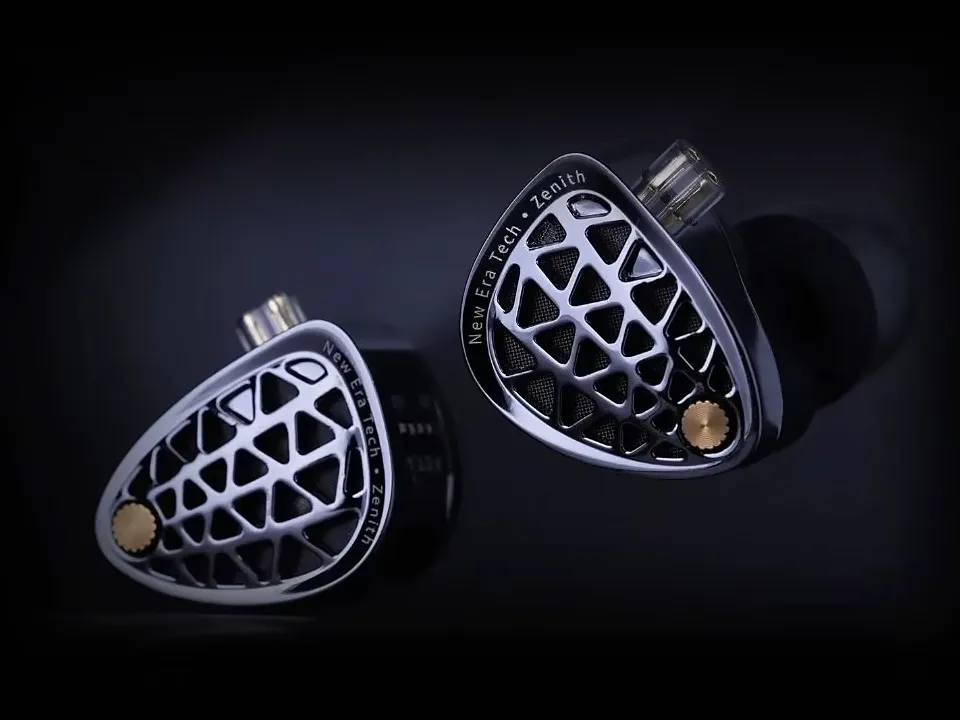Cantorvs.Zenith
Sound & Specs Comparison
Information
Both IEMs are widely regarded in the audiophile community. See how they differ in terms of sub-bass response, upper mids, clarity, and overall tonality. Spider charts and rating breakdowns included.
Objective Comparison
Facts, details, stuff.
| General Info | Cantor | Zenith |
|---|---|---|
| Brand | AFUL | KZ Earphones |
| Country | Taiwan | China |
| IEM Description | The AFUL Cantor combines technical precision with musicality in a hybrid design. Featuring a dynamic driver for powerful bass and multiple balanced armatures for clean mids and sparkly highs, it delivers a spacious soundstage with excellent separation. Tuning leans slightly toward a balanced-bright signature, making it a solid choice for detail lovers who still want some low-end punch. | The KZ Zenith is a budget-friendly in-ear monitor that aims to deliver a fun and energetic sound signature. Designed with casual listeners in mind, it typically features boosted bass and lively treble, making it well-suited for modern genres like pop, EDM, and hip-hop. It’s a straightforward, no-frills option for those looking to upgrade from basic earbuds without breaking the bank. |
| Price Level | 500 – 1.000 | < 100 |
| Housing & Driver | ||
|---|---|---|
| Driver Config | Multi-BA | Single Dyn. Driver |
| Driver Types | Balanced Armature | Dynamic Driver |
| Shell Material | – | – |
| Cable | 4Braid 5N OFC Cable | – |
| Technical | ||
|---|---|---|
| Freq Range | – | – |
| Impedance (Ω) | 20 | – |
| Sensitivity (dB) | 106 | – |
| Crossover | RLC Network Electronic Crossover | – |
| Platform Info | ||
|---|---|---|
| Comments | 2 | 0 |
| Visit Count | 144 | 83 |
| External Reviews | 1 | 0 |
Meta Ratings
// Nothing to compare yet.
Sound Characteristics
Cantor produces sub-bass that is overwhelmingly more textured and present in cinematic or bass-heavy tracks (8.5 vs 2). It offers overwhelmingly stronger and more impactful bass response, adding weight and presence where Zenith feels less assertive (9 vs 4). It translates bass vibrations into a overwhelmingly more visceral experience, while Zenith lacks this tactile feedback (8.5 vs 3). The lower midrange on It blends d more smoothly into the bass region, avoiding the disconnect found in Zenith (8.5 vs 6.5). Upper mids are a more resolving and expressive on Zenith, revealing emotion and articulation better than Cantor (8.5 vs 8). The treble on It is a more nuanced and refined, especially when it comes to cymbals and ambient elements (8.5 vs 8). It extends e further into the upper treble, adding air and openness that Cantor lacks (8.5 vs 7.5). Listeners may notice that Cantor presents sounds with a more lateral space, giving recordings more openness than Zenith (8 vs 7.5). Track elements feel a more isolated and clean on It, offering clearer focus than Zenith (8.3 vs 6.5). It shows m better control of masking effects, maintaining clarity across frequency ranges better than Zenith (8 vs 6.5). Notes on It feel a more grounded and weighty, whereas Zenith can sound thin or hollow (7.5 vs 6.5). It hits with overwhelmingly more authority during transients, creating a more explosive effect than Zenith (8.5 vs 3). It controls harsh sibilant peaks overwhelmingly more effectively, making vocals smoother than on Zenith (8.5 vs 2.5). Zenith renders timbres with a better harmonic balance, preserving the character of instruments more accurately than Cantor (9.5 vs 7.5). It achieves s better tonal neutrality, avoiding colorations present in Cantor (9.5 vs 8.8). The grain and surface of instruments are rendered m more vividly by It, while Cantor feels flatter (9.5 vs 8).
| Cantor | Zenith | |
|---|---|---|
| Sub Bass | 8.5 | 2.0 |
| Bass | 9.0 | 4.0 |
| Bass Feel | 8.5 | 3.0 |
| Lower Mids | 8.5 | 6.5 |
| Upper Mids | 8.0 | 8.5 |
| Lower Treble | 8.0 | 8.5 |
| Upper Treble | 7.5 | 8.5 |
| Sound Stage Width | 8.0 | 7.5 |
| Detail | 8.8 | 8.5 |
| Layering | 8.3 | 6.5 |
| Masking | 8.0 | 6.5 |
| Note Weight | 7.5 | 6.5 |
| Slam | 8.5 | 3.0 |
| Sibilance | 8.5 | 2.5 |
| Timbre Color | 7.5 | 9.5 |
| Tonality | 8.8 | 9.5 |
| Texture | 8.0 | 9.5 |
Tonal Signature
// Nothing to compare yet.

